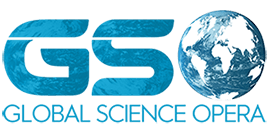GSO4SCHOOL final conference
Here is the link to the final conference for the GSO4SCHOOL Erasmus project. It starts at ca. 1:24.
Here is the link to the final conference for the GSO4SCHOOL Erasmus project. It starts at ca. 1:24.
The 2023 Global Science Opera will be inspired by the data and images collected by the WEBB telescope.
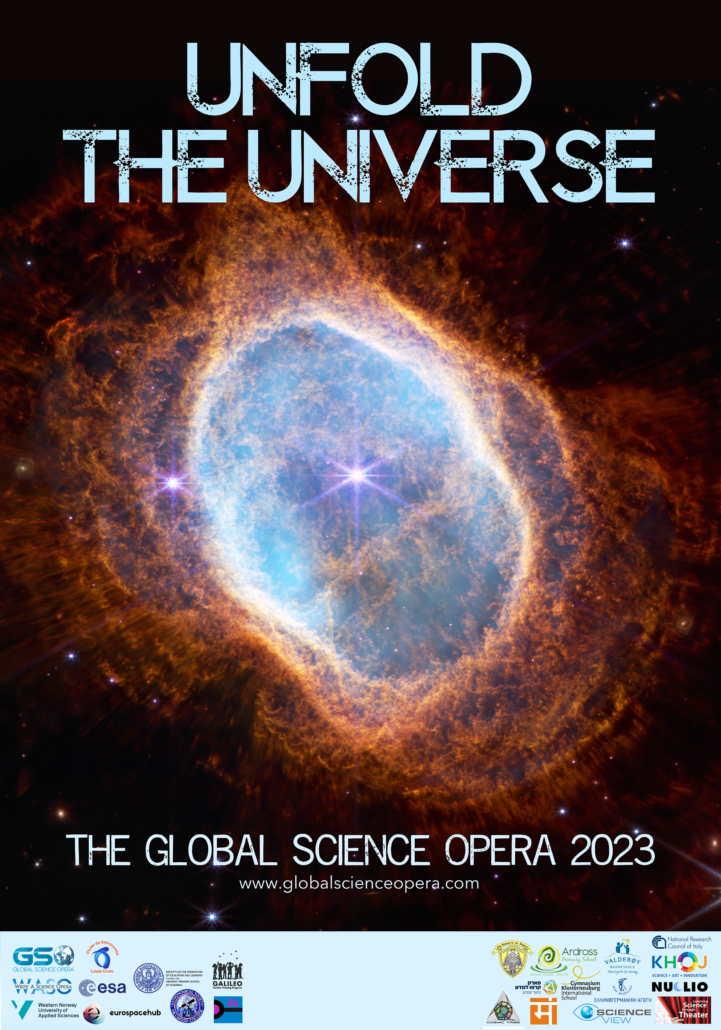
The bright star at the center of NGC 3132, while prominent when viewed by NASA’s Webb Telescope in near-infrared light, plays a supporting role in sculpting the surrounding nebula. A second star, barely visible at lower left along one of the bright star’s diffraction spikes, is the nebula’s source. It has ejected at least eight layers of gas and dust over thousands of years.
But the bright central star visible here has helped “stir” the pot, changing the shape of this planetary nebula’s highly intricate rings by creating turbulence. The pair of stars are locked in a tight orbit, which leads the dimmer star to spray ejected material in a range of directions as they orbit one another, resulting in these jagged rings.
Hundreds of straight, brightly-lit lines pierce through the rings of gas and dust. These “spotlights” emanate from the bright star and stream through holes in the nebula like sunlight through gaps in a cloud.
But not all of the starlight can escape. The density of the central region, set off in teal, is reflected by how transparent or opaque it is. Areas that are a deeper teal indicate that the gas and dust are denser – and light is unable to break free.
Data from Webb’s Near-Infrared Camera (NIRCam) were used to make this extremely detailed image. It is teeming with scientific information – and research will begin following its release.
This is not only a crisp image of a planetary nebula – it also shows us objects in the vast distances of space behind it. The transparent red sections of the planetary nebula – and all the areas outside it – are filled with distant galaxies.
Look for the bright angled line at the upper left. It is not starlight – it is a faraway galaxy seen edge-on. Distant spirals, of many shapes and colors, also dot the scene. Those that are farthest away – or very dusty – are small and red.
For a full array of Webb’s first images and spectra, including downloadable files, please visit: https:
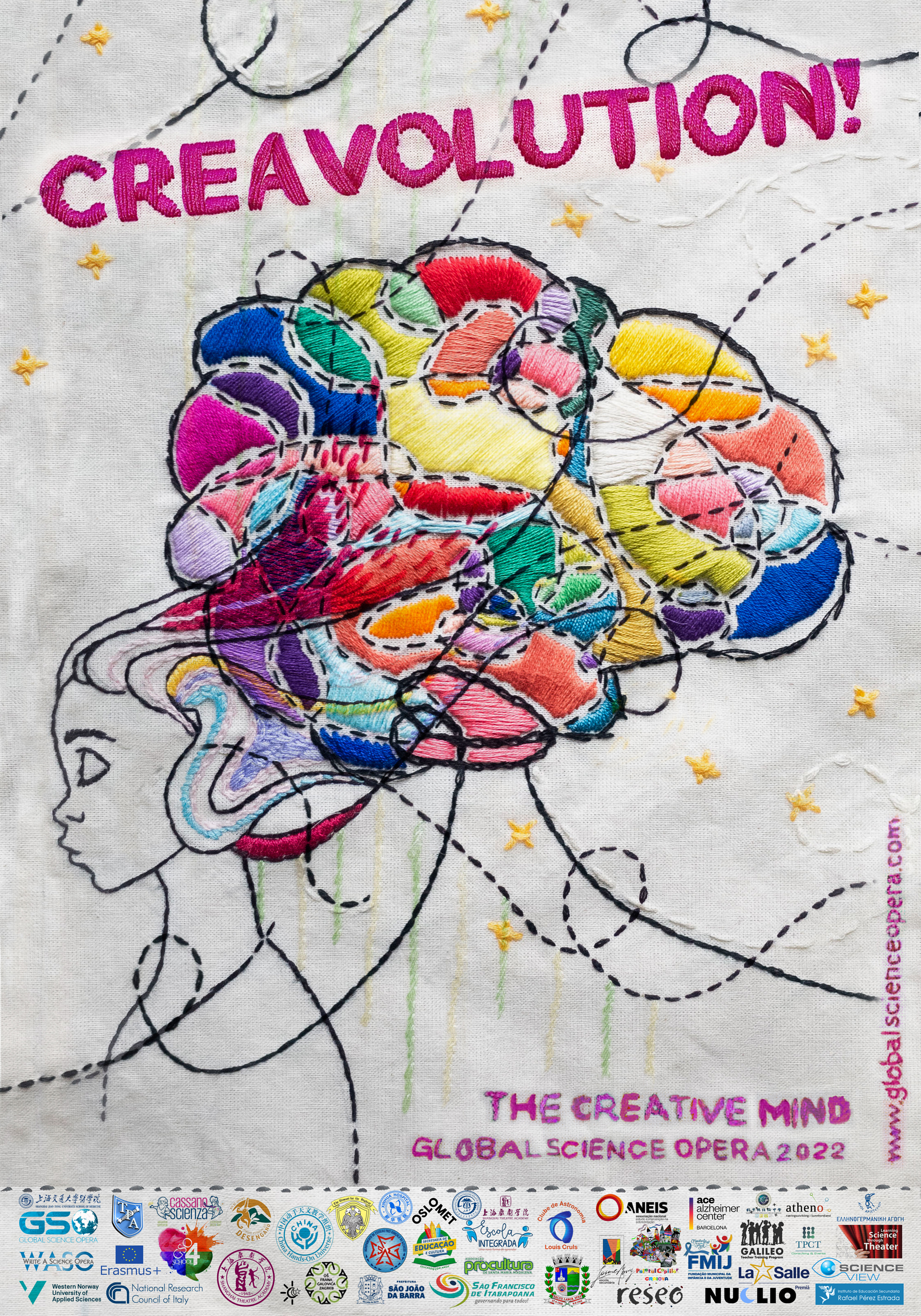
Where does creativity come from? Is it in the brain? In my body’s muscle-memory? Is it in my heart or my soul? How does my experience influence who I become as a person? Is creativity a special talent or something everyone has? How can I use my creativity actively? Where are our memories stored? And what happens when they start to fade?
In Creavolution, students from around 20 countries have collaborated with teachers, scientists and artists in creating and performing scenes all connected to the fascinating creative human mind. The Global Science Opera is an educational initiative, trans-disciplinary between the science- and the arts-field. It is a creative collaboration that defies national, cultural and linguistic borders.
Creavolution is a new made-up word giving associations to Creativity, evolution and revolution. It refers to how creativity is needed to evolve, and how the creative mind is a revolutionary powerful tool. Creavolution is the opposite of avolution: a total lack of motivation that makes it hard to get anything done, even simple, everyday tasks.
Join the Creavolution!
The 2022 Global Science Opera premieres on November 20th, at 2 pm cet on a computer near you.
https://vimeo.com/772489754
This beautiful, ridiculously talented and fun gang of teaachers, scientists and artists created magic at the GSO4SCHOOL summer school and propelled the Creavolution forward. Song, dance, music, laughter, smiles and the occasional swim in the ocean along with pedagogical, scientific and artistic discussions. Participants from Greece, Portugal, Norway, Italy, China and Cyprus engaged in the long awaited teacher training in Marathon, Greece. 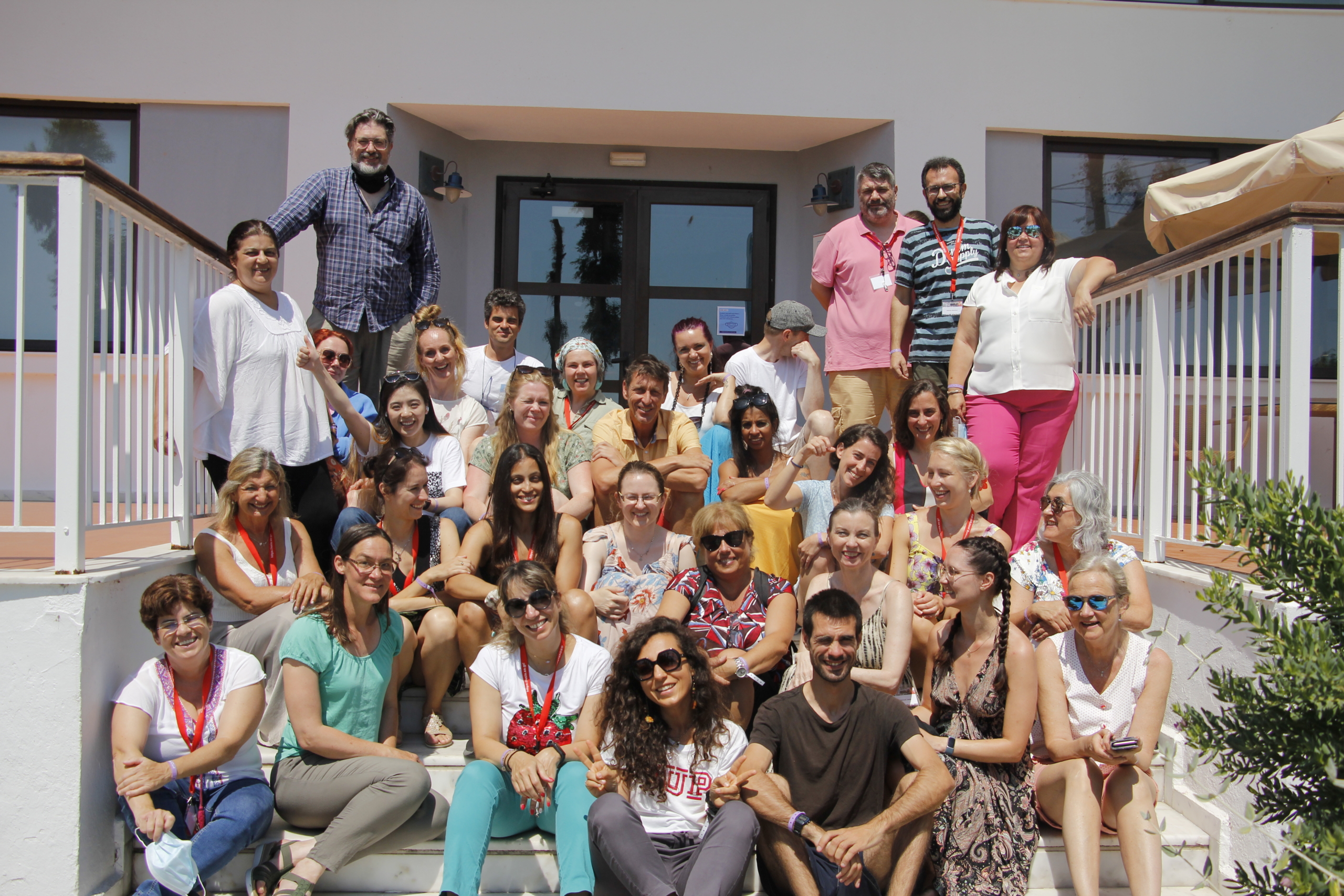
The GSO4SCHOOL is a three year Erasmus+ project, specifically made to train and support teachers, provide teaching resources and strengthen the international network. which you can read more about here: http://gso4school.eu/
The Dopamine Song
Teresa Nobrega, Randi Veiteberg Kvellestad, Jonas Cisar Romme (2022 for «Creavolution»)
Refrain – All
Dopamine
Dopamine
in our body –
in between
Verse 2 – All
In between
In between
Cells in neuron system
Break down – 2 groups
Neuro-transmitter
Neuro-transmitter
Neuro-transmitter
Neuro-transmitter
Verse 3 – solo(s)
If you don’t have dopamine
You’re sad
You’re tired
Un-motivated
Moooody
Verse 4 – solo(s)
If you do have dopamine
You’re happy
Feel pleasure
Think positive
Feel good
All (or groups)
Dancing
Singing
Walking
Playing
Knitting
Painting
Acting
Running
All
This provide you dopamine!
Refrain
Dopamine
Dopamine
in our body –
in between
Dopamine
Dopamine
Hormone Pleasure
II: Happy, happy :II
(repeat and fade, while leaving the stage)
This work is licensed under the Creative Commons Attribution-NonCommercial 4.0 International License.
To view a copy of this license, visit http://creativecommons.org/licenses/by-nc/4.0/.
– The Dopamine Song –
Made in 2022 for the Global Science Opera «Creavolution»
Lyrics and vocals: Teresa Nobrega, Randi Veiteberg Kvellestad, Jonas Cisar Romme
Music by Jonas Cisar Romme
With vocals, for learning:
Without vocals, for recording:
Filmed version, for inspiration, here: https://vimeo.com/735833596
Brazil premiered its very first Science Opera on June 30th, 2022. Students from three different municipalities participated, having created and performing stories connected to time: past, present and future. You can the opera here.
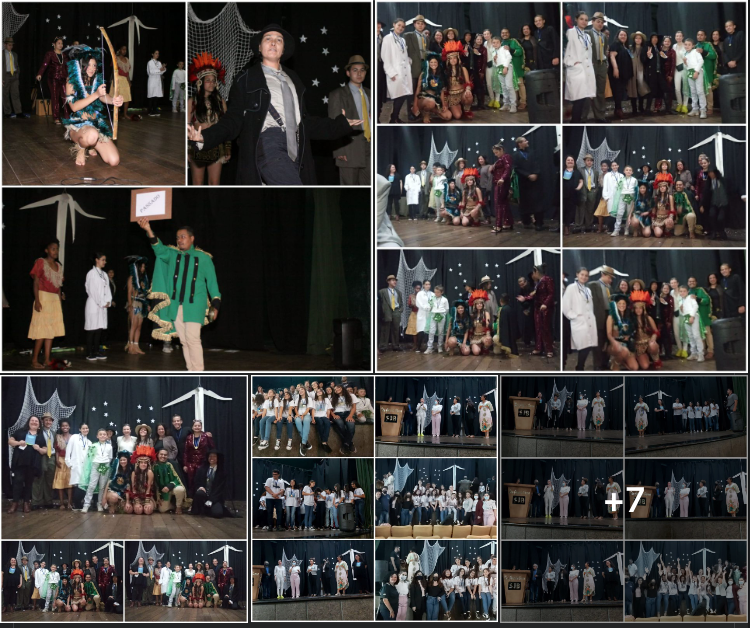
In the last week of June, hundreds of teachers, students, administrators and artists in Brazil attended workshops, presentations or meet-and-greet-sessions with the GSO coordinator. The three municipalities Santa Maria Madalena, Sao Francisco de Itabapoana and Sao Joao de Barra have invested large in education for their students by training their teachers in the GSO methodology and sustainable theatre-production. The week culminated with the very first Brazil Science Opera.
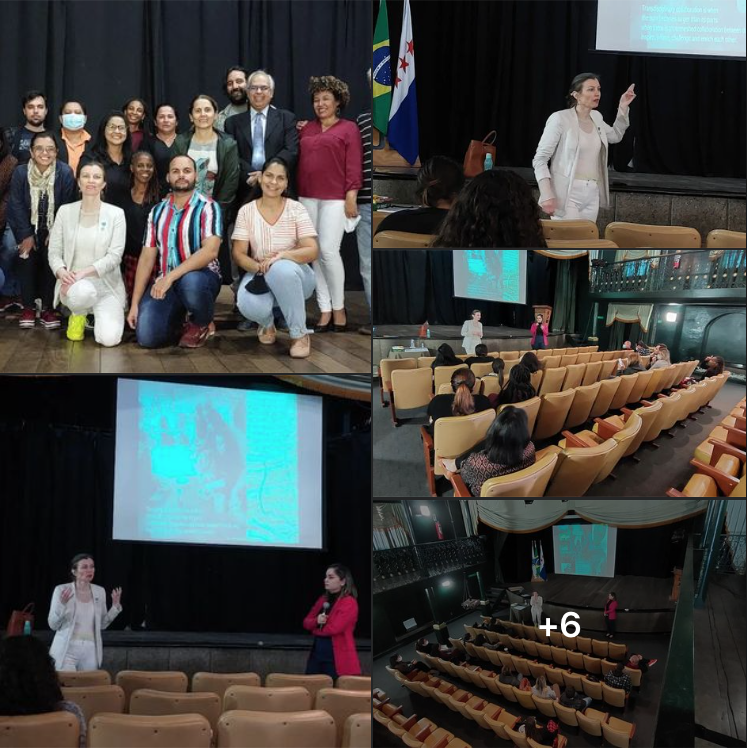
Here are just a few photos from the ten days.
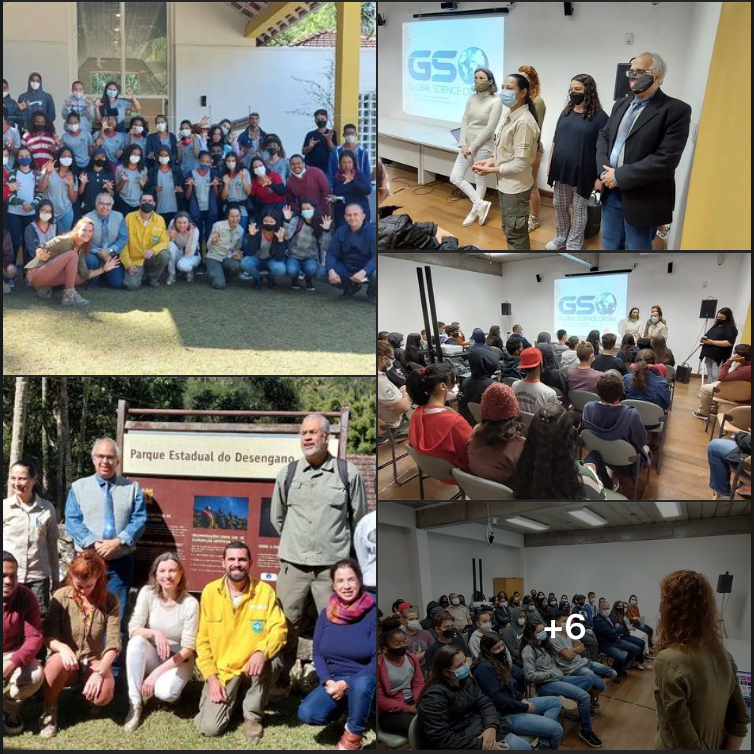
Keep the dates:
March 31st 4 pm cet: Petros Stergioploulos – Music-workshop on sonification and leitmotif. Please find link in Creavolution-booklet for link to his first session. This second one builds on the first.
April 22nd, 2 pm cet: Zeke Locke (USA) – Rehearsal Global Science Opera choir
May 20th at 2 pm cet: Valentina Tudisca (Italy)/ Paraskevi Tzouveli from the National Technical University of Athens (NTUA) and Maria Boubouka from the 1st Experimental School of Athens (Greece) – Open Educational Resources (and where to find them)
For recordings of previous online sessions, please find links in the Creavolution booklet. There you will also find the link to the coming sessions.
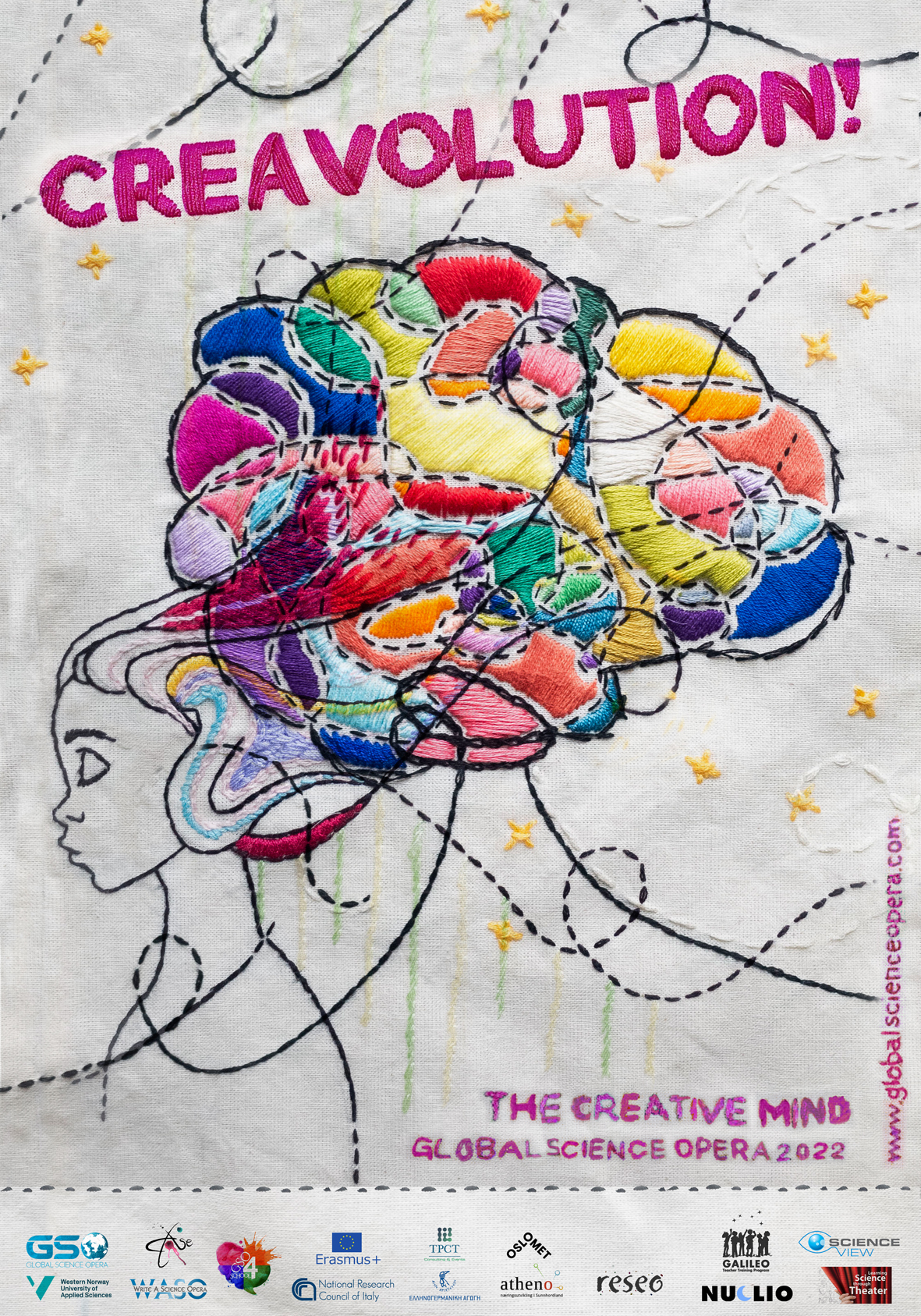
Finally!
Here is the poster for CREAVOLUTION! It is a joint effort by students in Oslo, Norway, who have embroidered the design.
If you are participating in this years opera, please send us your logo, so we can add it to the poster.
This site uses cookies. By continuing to browse the site, you are agreeing to our use of cookies.
OKLearn moreWe may request cookies to be set on your device. We use cookies to let us know when you visit our websites, how you interact with us, to enrich your user experience, and to customize your relationship with our website.
Click on the different category headings to find out more. You can also change some of your preferences. Note that blocking some types of cookies may impact your experience on our websites and the services we are able to offer.
These cookies are strictly necessary to provide you with services available through our website and to use some of its features.
Because these cookies are strictly necessary to deliver the website, refuseing them will have impact how our site functions. You always can block or delete cookies by changing your browser settings and force blocking all cookies on this website. But this will always prompt you to accept/refuse cookies when revisiting our site.
We fully respect if you want to refuse cookies but to avoid asking you again and again kindly allow us to store a cookie for that. You are free to opt out any time or opt in for other cookies to get a better experience. If you refuse cookies we will remove all set cookies in our domain.
We provide you with a list of stored cookies on your computer in our domain so you can check what we stored. Due to security reasons we are not able to show or modify cookies from other domains. You can check these in your browser security settings.
These cookies collect information that is used either in aggregate form to help us understand how our website is being used or how effective our marketing campaigns are, or to help us customize our website and application for you in order to enhance your experience.
If you do not want that we track your visit to our site you can disable tracking in your browser here:
We also use different external services like Google Webfonts, Google Maps, and external Video providers. Since these providers may collect personal data like your IP address we allow you to block them here. Please be aware that this might heavily reduce the functionality and appearance of our site. Changes will take effect once you reload the page.
Google Webfont Settings:
Google Map Settings:
Google reCaptcha Settings:
Vimeo and Youtube video embeds:
The following cookies are also needed - You can choose if you want to allow them:
You can read about our cookies and privacy settings in detail on our Privacy Policy Page.
Privacy Policy